Zaru Soba is one of those deceptively simple Japanese dishes that is so incredibly refreshing, especially on a hot summer day. At its core, it’s chilled buckwheat noodles served with a dipping sauce, usually made from a mix of soy sauce, mirin, and dashi, and topped with nori or green onions.
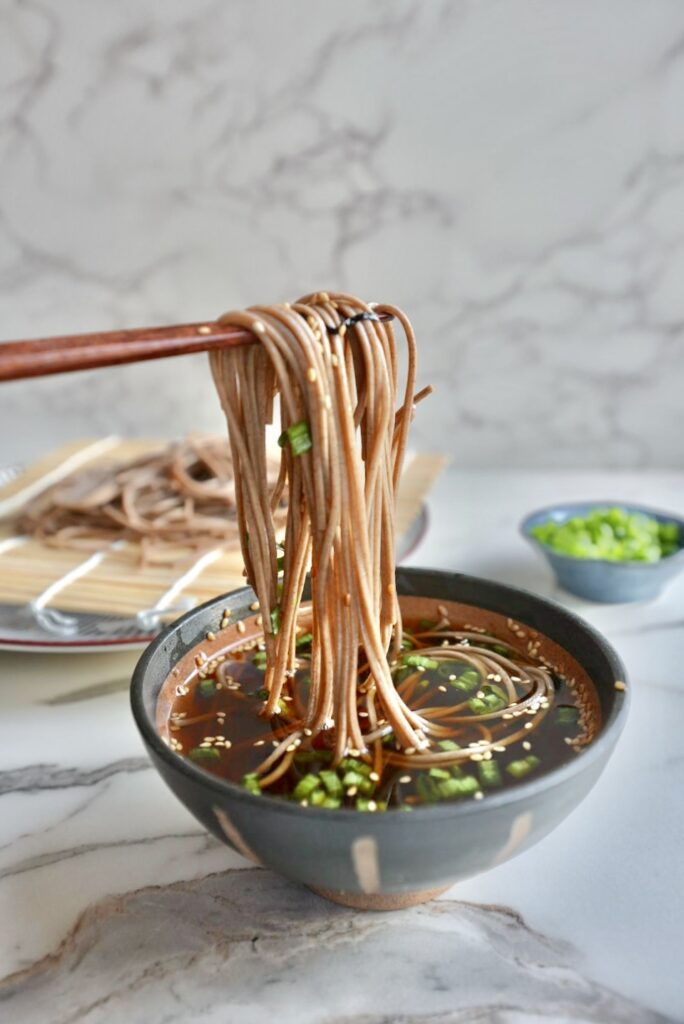
The beauty of Zaru Soba is in its minimalism. The noodles themselves are nutty and earthy, and the dipping sauce adds just the right balance of saltiness and umami, letting each component shine. The cold, slightly firm texture of the noodles makes every bite satisfying, and it’s a dish that’s both light and filling.
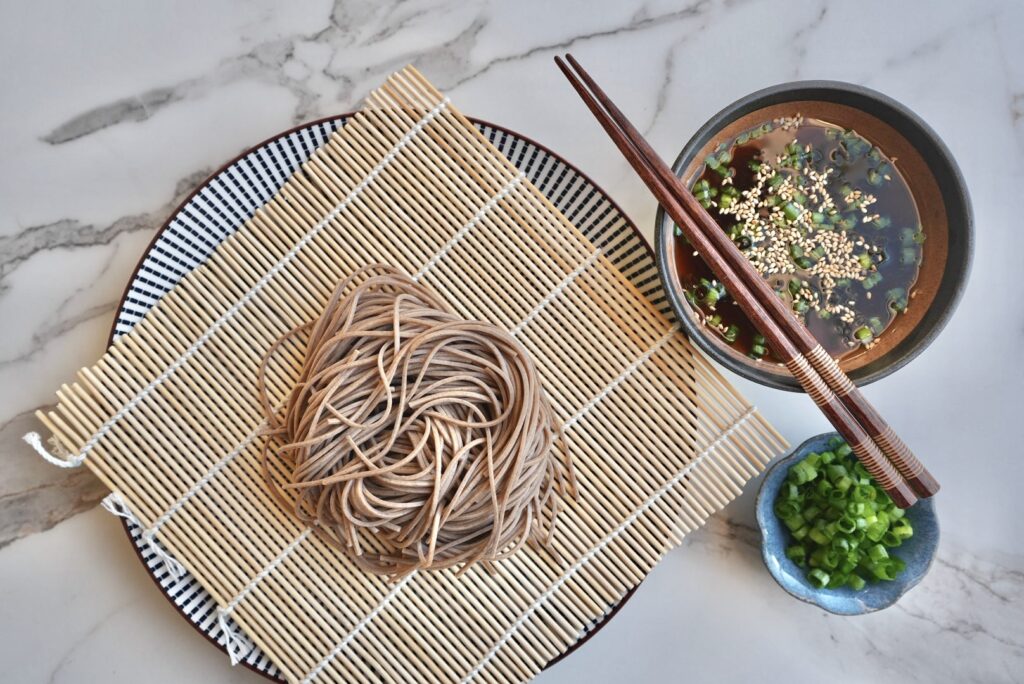
Even though I’m part Japanese, Zaru Soba wasn’t something I grew up eating often. My mom is allergic to buckwheat, which is the main ingredient in soba noodles, so it wasn’t a regular part of our meals at home. Eating it more frequently as an adult made me appreciate just how simple, versatile, and refreshing it can be – perfect for a quick lunch or a light dinner.
Now, when I make zaru soba, I love playing with the traditional toppings and dipping sauces, adding things like fresh scallions, shredded nori, shrimp tempura, or a soft-boiled egg to add a little extra oomph.
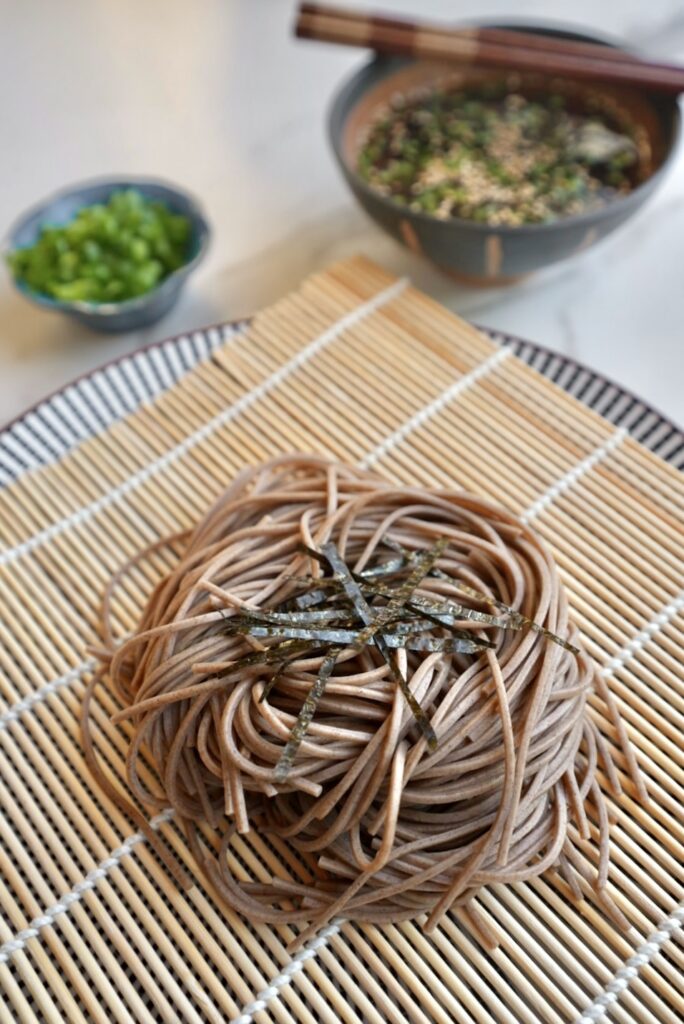
It’s a dish that’s easy to prepare but feels thoughtful and deliberate, which is part of what makes it so special. Even though it wasn’t a childhood staple for me, Zaru Soba has become one of those meals I reach for when I want something light, refreshing, and deeply satisfying.
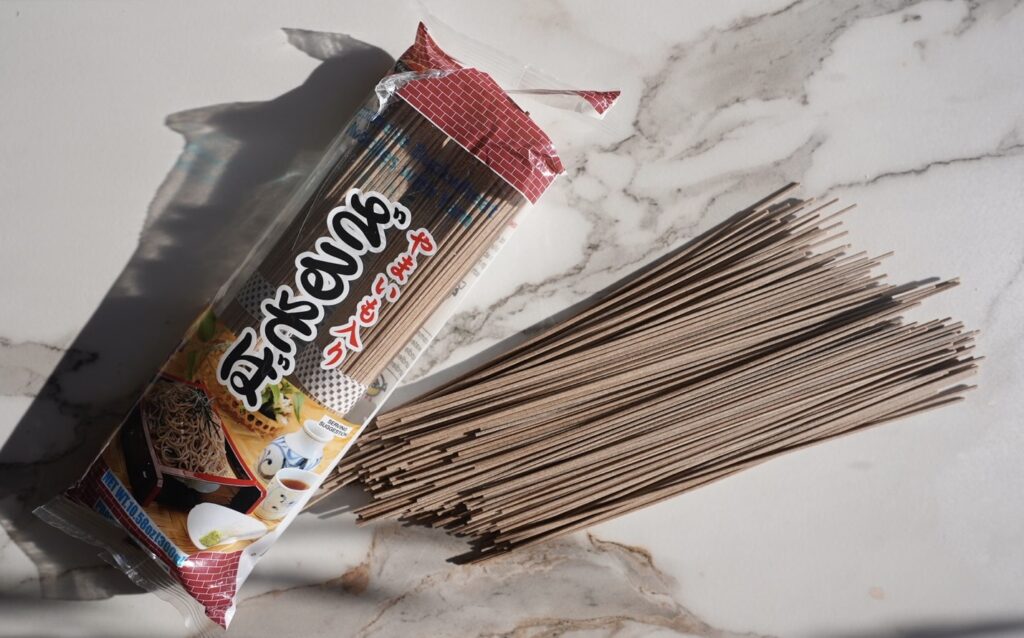
What Type of Noodles to Use
When making Zaru Soba, the noodles you’ll want to use are traditional Japanese soba noodles, which are made primarily from buckwheat flour.
Authentic soba has a slightly nutty flavor and a firm, chewy texture that pairs perfectly with the chilled dipping sauce. In Japan, you can find variations that range from 100% buckwheat to blends that include wheat flour for elasticity (pure buckwheat noodles tend to be more brittle, while blended versions hold together better and are more common in everyday cooking).
For the best experience, try to use high-quality dried soba from a Japanese or Asian market, though fresh soba is even more of a treat if you can find it. It’s also important to note that not all noodles labeled “soba” outside of Japan are authentic, so check the ingredient list to ensure buckwheat is the main component.
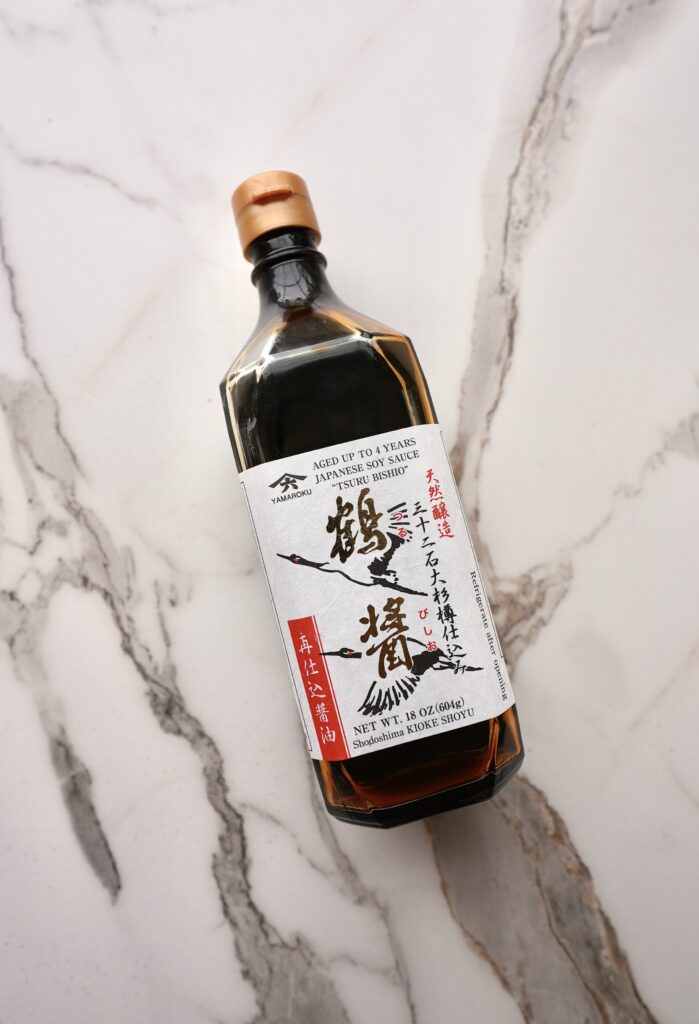
Ingredients
The dipping sauce for Zaru Soba, called mentsuyu, is light but deeply flavorful. Here are the key ingredients:
- Soy Sauce: Adds salty umami depth as the base of the sauce.
- Mirin: Sweet rice wine that balances the saltiness with a gentle sweetness.
- Dashi: Japanese stock made from kombu (kelp) and katsuobushi (bonito flakes), giving the sauce a savory backbone.
- Sugar (optional): For an extra hint of sweetness, depending on taste.
When served, the chilled sauce is often garnished with green onions, wasabi, and grated daikon to mix in for freshness and a little kick.
How to Make Dashi: Japanese Cooking Stock
There are three main ways to make dashi, each with its own advantages in terms of flavor, ease, and time. I ordered them from most complex to simplest:
- Dashi from Scratch: Traditional dashi, made by simmering kombu (dried kelp) and katsuobushi (dried bonito flakes), is considered the best method. Soak the kombu in water, heat just below boiling, and add katsuobushi. This method is ideal for dishes with the purest flavor.
- Dashi Packets: Dashi packets, resembling tea bags, contain dried kombu, katsuobushi, and sometimes shiitake mushrooms or dried sardines. Just simmer the packet in water for a few minutes for a quick and flavorful broth. Buy dashi packets here from one of my most recommended dashi brands, Kayanoya.
- Instant Dashi (Hondashi): Instant dashi, often called hondashi, is a granulated or powdered form of dashi. Just a spoonful dissolved in hot water creates a quick and flavorful stock. This option is convenient and ideal for busy days. Buy hondashi here.
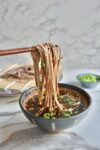
Zaru Soba (Cold Japanese Noodles)
- Total Time: 10 minutes
Description
Zaru soba is a refreshing Japanese dish of chilled buckwheat noodles served on a bamboo tray with a dipping sauce called tsuyu, often accompanied by green onions and wasabi.
Instructions
- Bring a large pot of water to a boil. Add the soba noodles and cook according to the package instructions (usually 4 – 5 minutes).
- Drain and rinse the noodles thoroughly under cold running water to remove excess starch. Set aside in a bowl of ice water to chill, or strain in cold water until cool.
- In a small saucepan, combine dashi, soy sauce, mirin, and sugar (if using).
- Bring to a gentle simmer over medium heat, then remove from the heat. Allow the sauce to cool, then transfer to the refrigerator until ready to serve.
- Divide the chilled soba noodles onto bamboo mats or plates. Pour the dipping sauce into small individual bowls. Serve with optional toppings like sliced green onion, grated daikon, or a dab of wasabi.
- Prep Time: 5 minutes
- Cook Time: 5 minutes
Nutrition
- Serving Size: 1

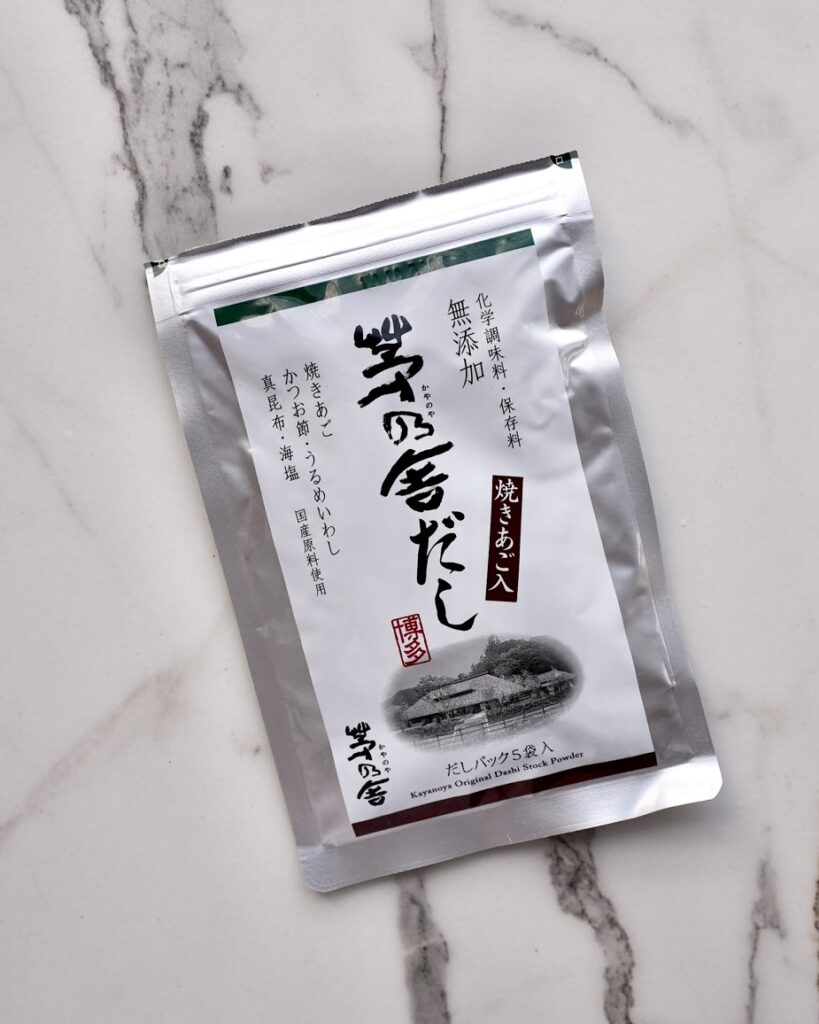
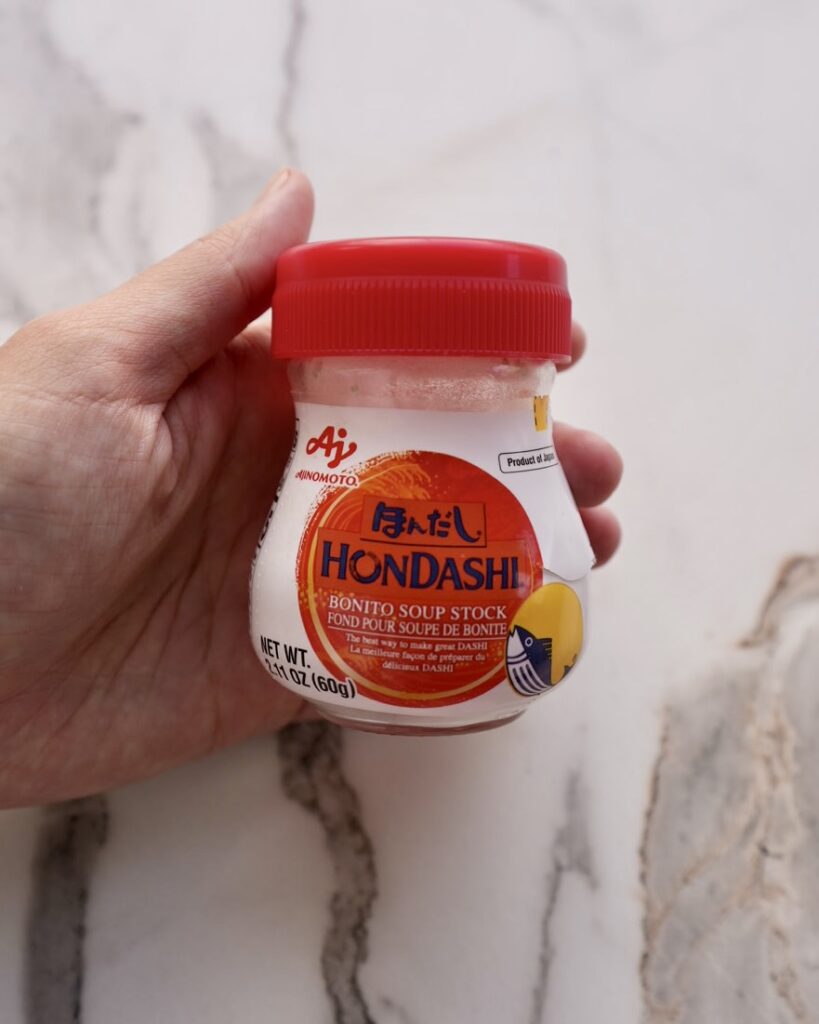



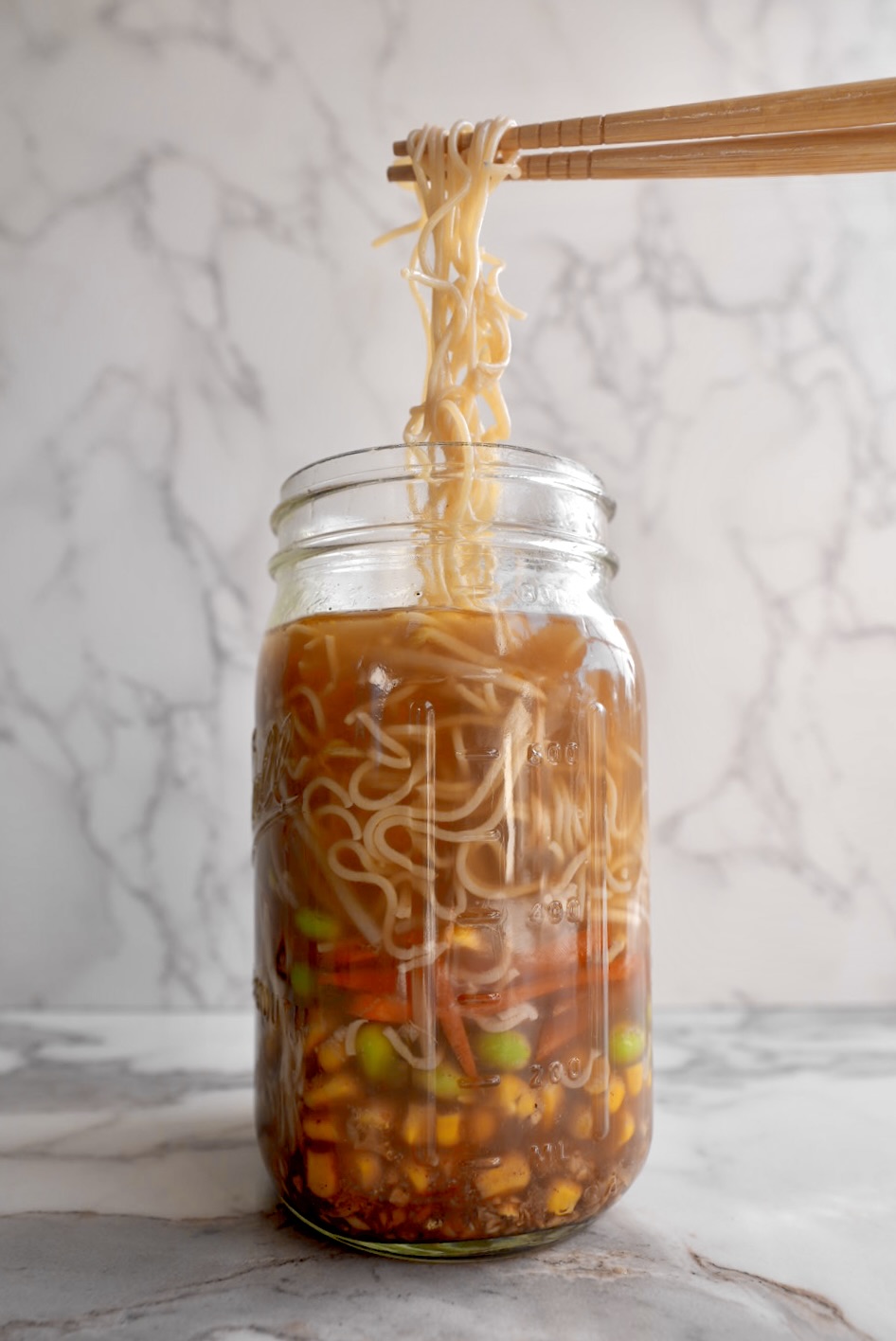
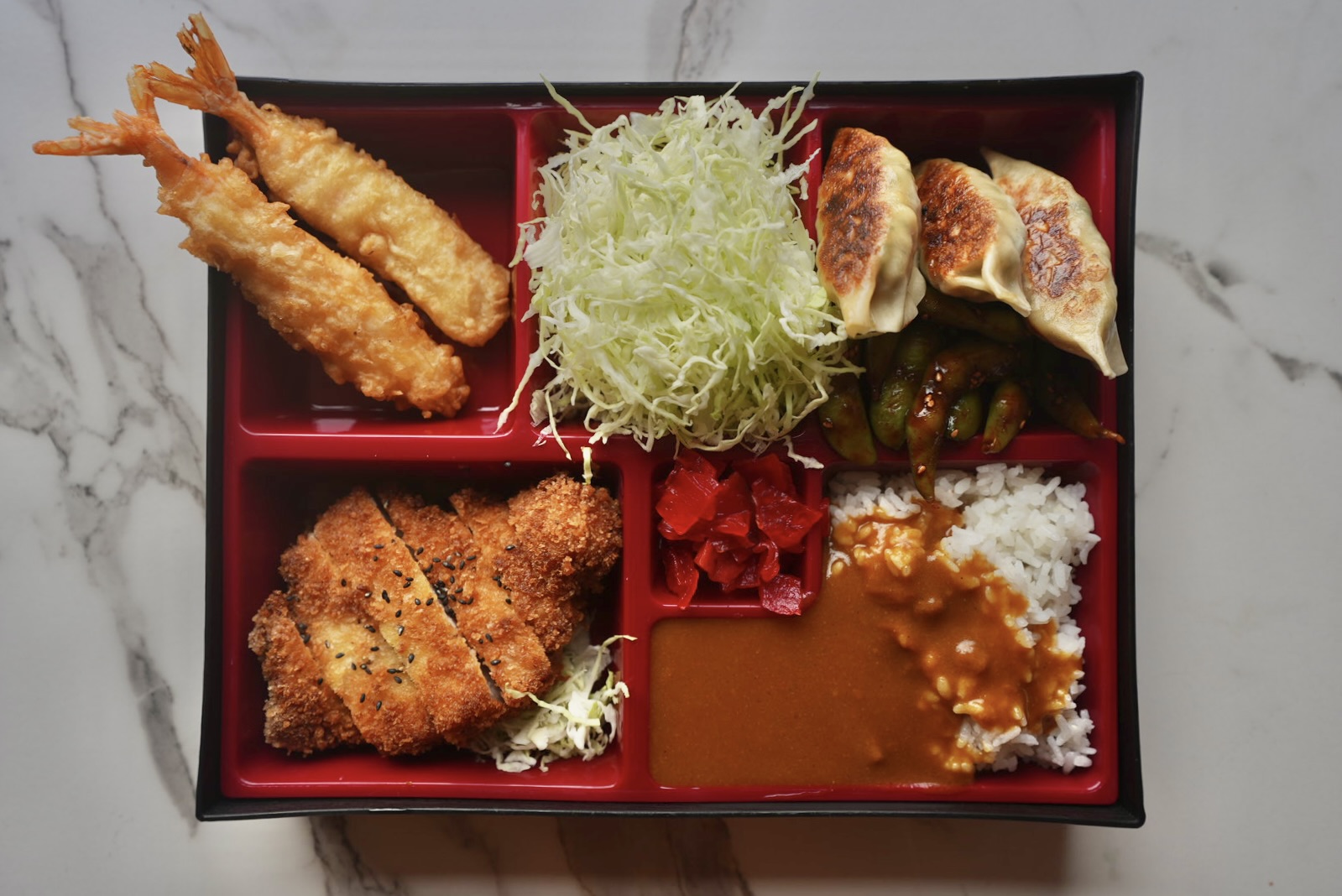
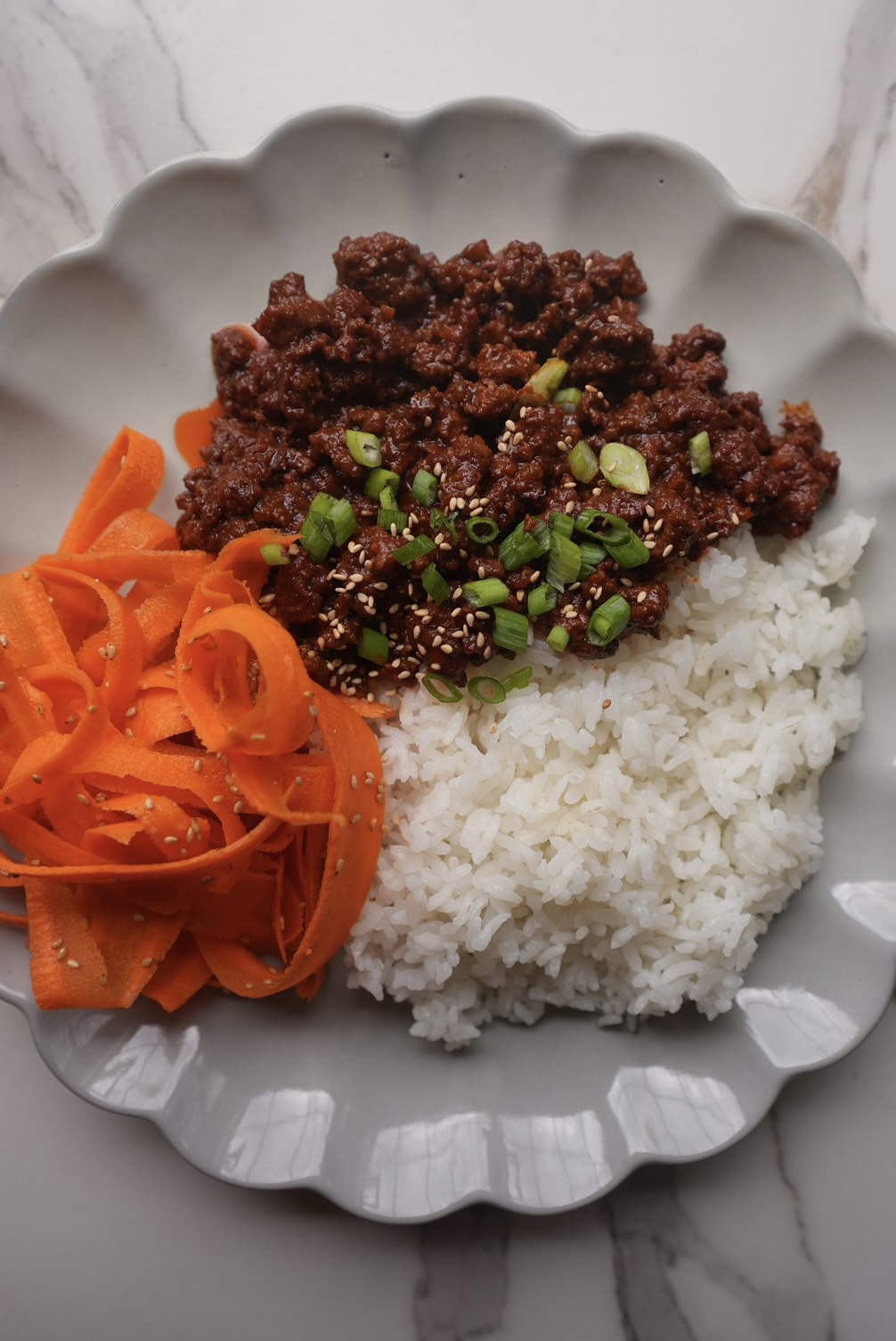
I used to live next to a small hole in the wall that sold zaru soba when I lived in Japan for just a few months. Never made it myself until now. Thank you for sharing this recipe.
Hi Craig – that’s so fun to hear. I’m glad you were able to try this at home 🙂
ABSOLUTELY LOVE THESE NOODLES!!! Have yet to find somewhere that sells this dish at a restaurant where I live. So glad I made it instead. Paired with tempura and it was chefs kiss!
Me too – there are no good restaurants near me that sell Zaru Soba. So glad you enjoyed it, Jess!
I’ve never tried zaru soba before, but it was really good! Thank you!
Great to hear! Thanks for sharing, Joanne 🙂